Coir blankets are also known as coconut fiber blankets. Coir blankets consist of a thick layer of coconut fibers that are stitched together with biodegradable thread to form a mat.
The coir roll is unrolled and anchored in places that require stabilization and are prone to erosion. As the coir blanket begins to biodegrade, the coconut fibers provide a natural growing medium for vegetation to take hold, further stabilizing the soil and preventing erosion.
The coir blankets are thicker and have a denser weave compared to the mesh rolls. The primary function of these blankets is to prevent soil erosion caused by heavy rain runoff on steep slopes, thereby promoting revegetation. Conversely, the mesh is primarily used to stabilize soil and provide plants with enough time to take root and regrow.
HEIGER Australia offers premium coir blankets, the ideal eco-friendly solution for effective erosion control. Made from 100% natural coconut fibers, our coir blankets are biodegradable and sustainably sourced, ensuring minimal environmental impact. These durable blankets are perfect for stabilizing slopes, riverbanks, and coastal areas while promoting vegetation growth. Easy to install and versatile for various applications, HEIGER Australia coir blankets provide a long-lasting solution to erosion problems, helping you maintain soil integrity and foster a healthier environment. We deliver to all of Australia, including major states such as New South Wales, Victoria, Queensland, and Western Australia. Buy coir blankets online from HEIGER Australia today and take a step towards sustainable erosion control.
Features
- Unparalleled quality
- Lasts 2X longer
- 100% Biodegradable
- Comparatively higher tensile strength
- Easy installation
- Resistant to rot, decay, and UV light
- Environmentally friendly
Eco-friendly Benefits
- Slows down storm water runoff
- Traps and filters sediment flow
- Returns nutrients to the environment
- Requires no chemical treatment
- High air and water permeability
- Improves seed germination and plant growth
- Facilitates root development


 Coir Products
Coir Products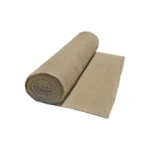 Jute Products
Jute Products Silt Fences
Silt Fences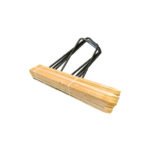 Accessories
Accessories Raised Garden Beds
Raised Garden Beds Biaxial Geogrid
Biaxial Geogrid High Strength Geogrid
High Strength Geogrid Uniaxial Geogrid
Uniaxial Geogrid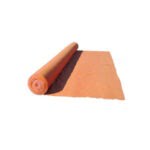 Non Woven Geotextiles
Non Woven Geotextiles Sand Containers
Sand Containers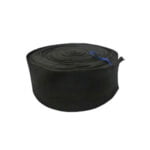 Silt Socks
Silt Socks Dewatering
Dewatering Drain Filters
Drain Filters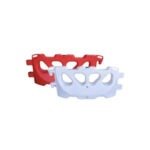 Water Filled Barriers
Water Filled Barriers Edge Protection Barrier
Edge Protection Barrier Hoarding Panels
Hoarding Panels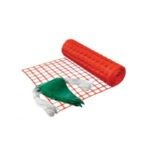 Barrier Mesh & Bunting
Barrier Mesh & Bunting Star Picket Posts & Accessories
Star Picket Posts & Accessories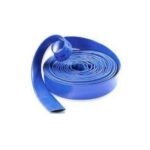 Flood Tubes & Stabilizers
Flood Tubes & Stabilizers Sandbags
Sandbags
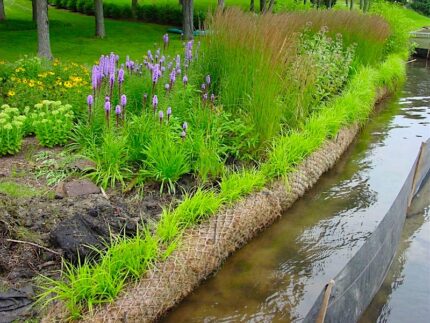
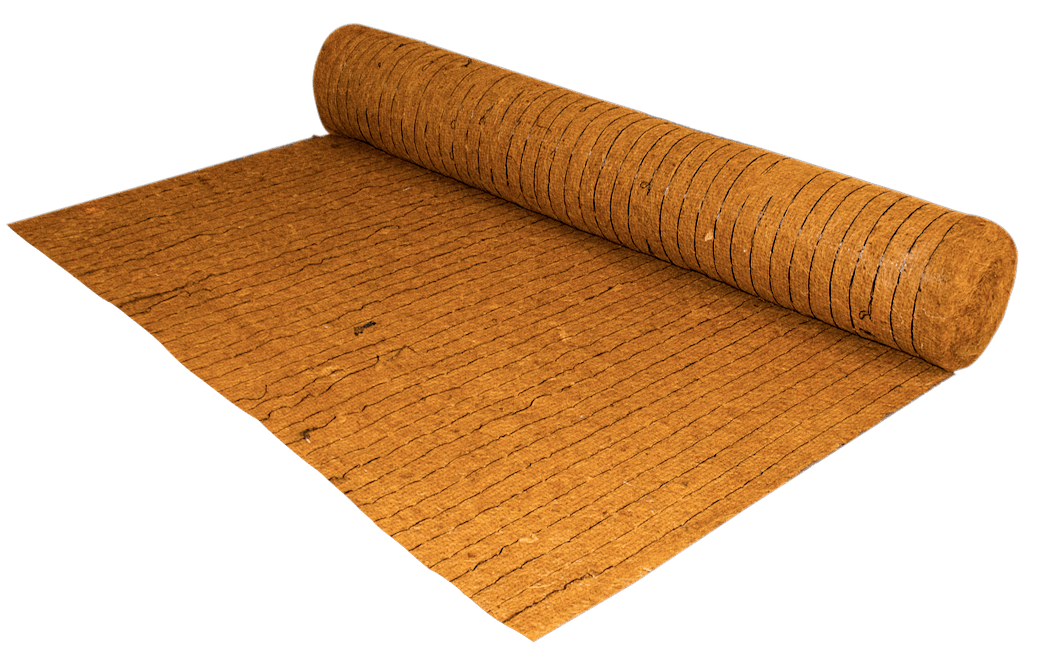
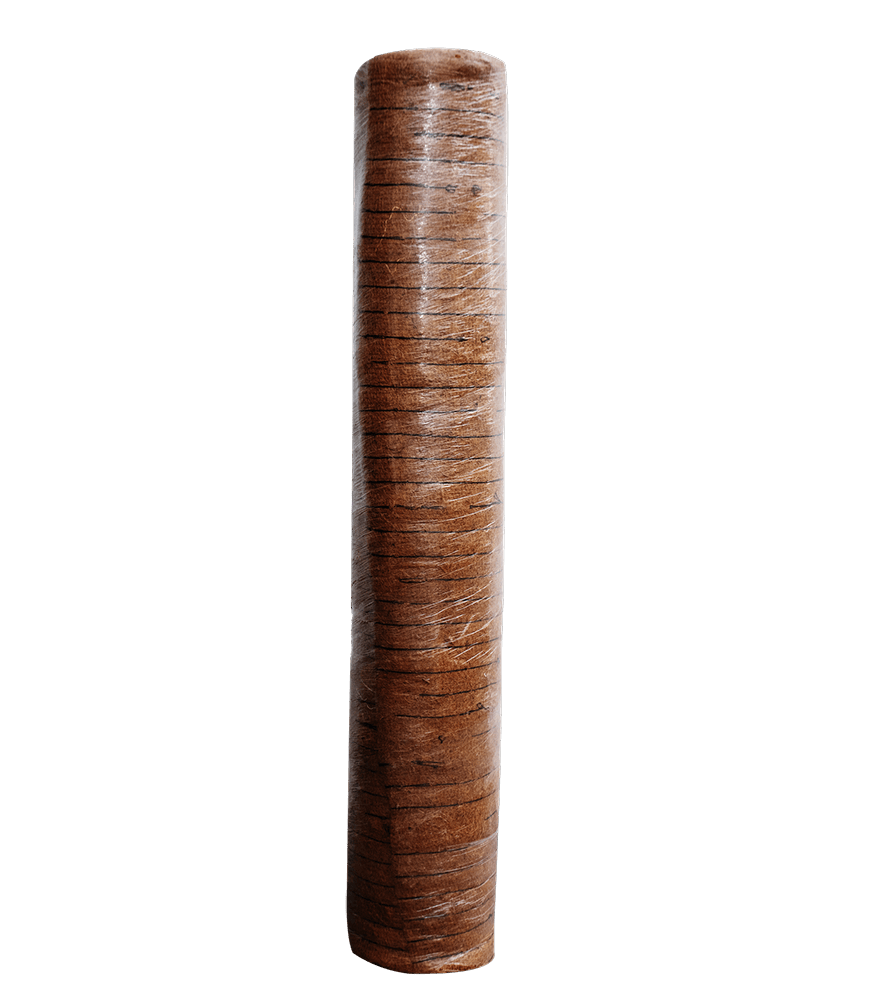
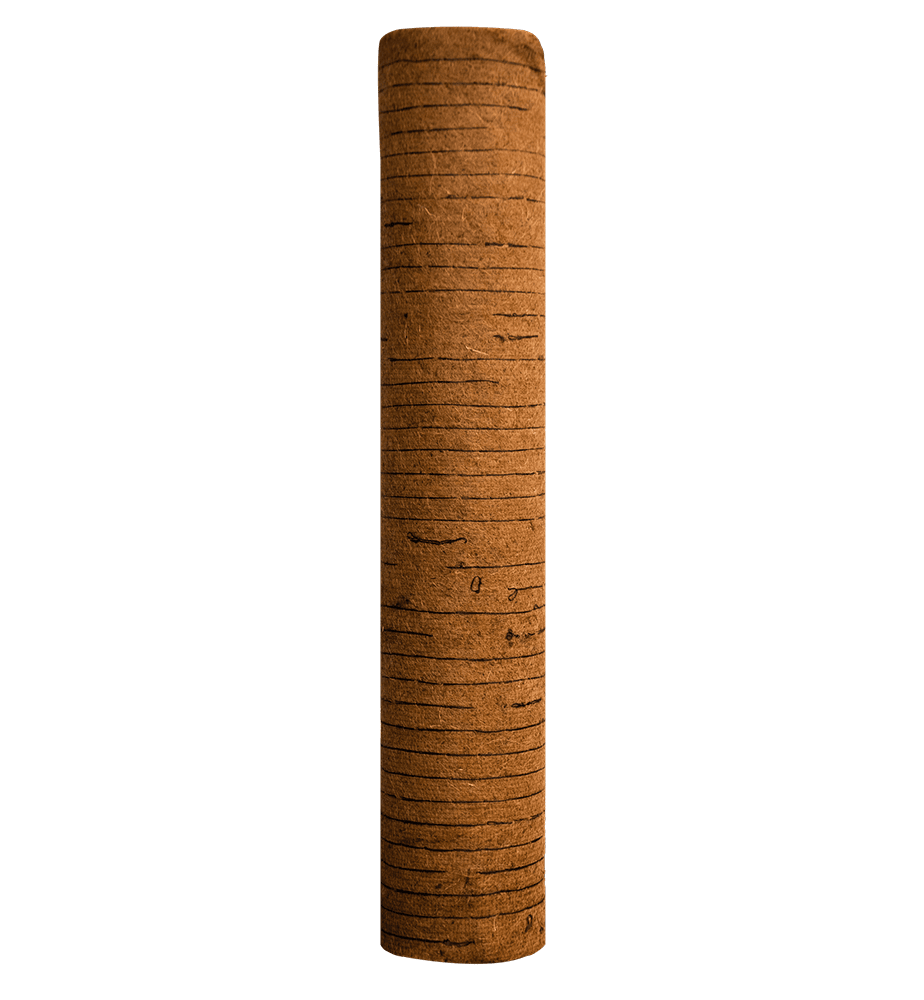

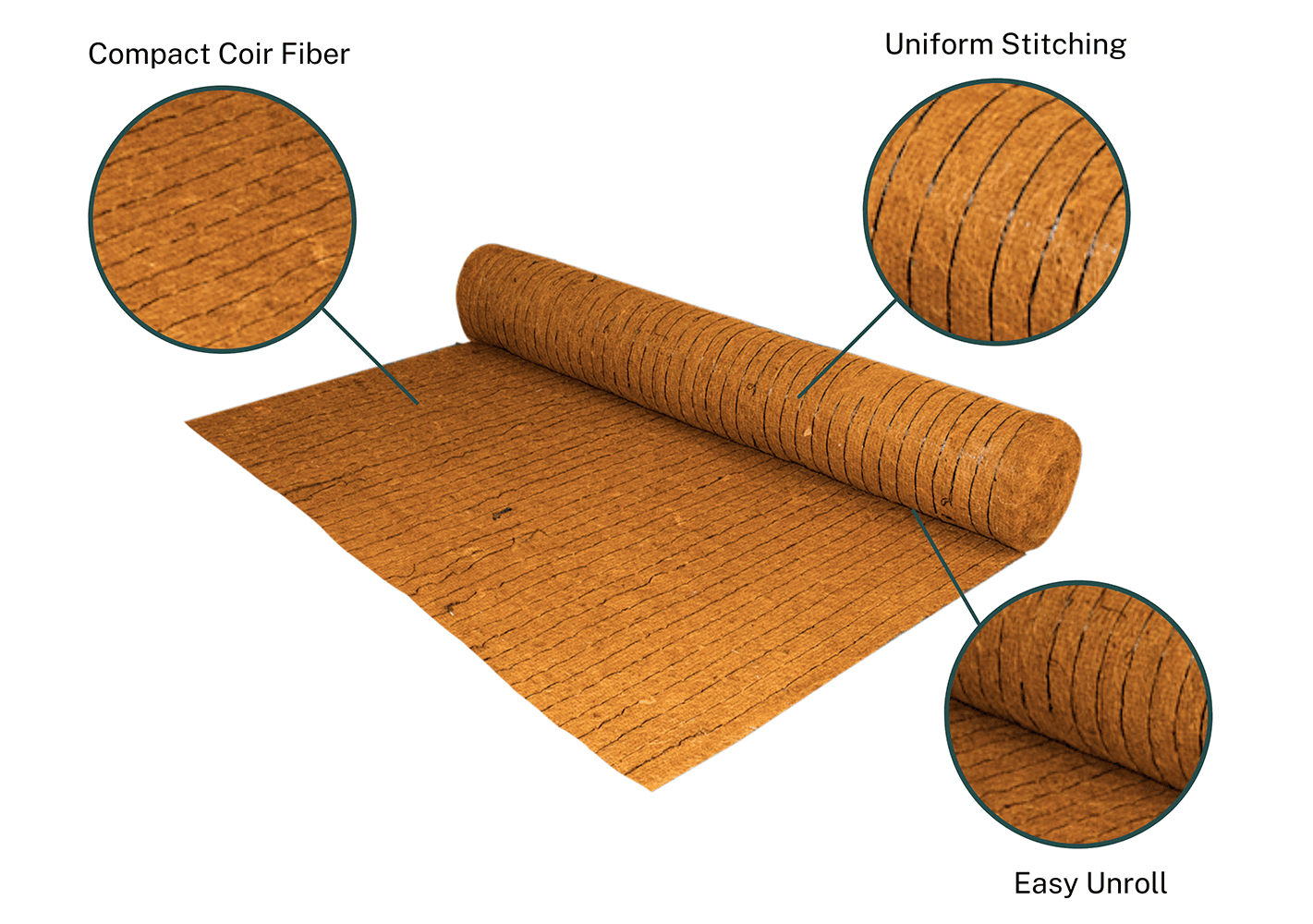

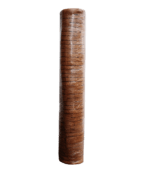


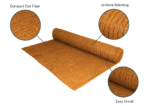

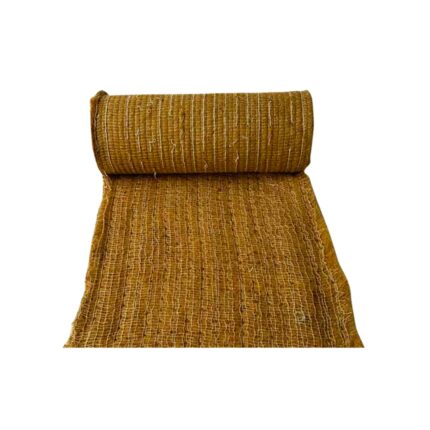
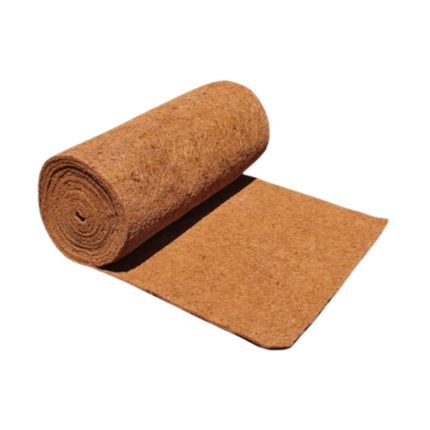

Reviews
There are no reviews yet.